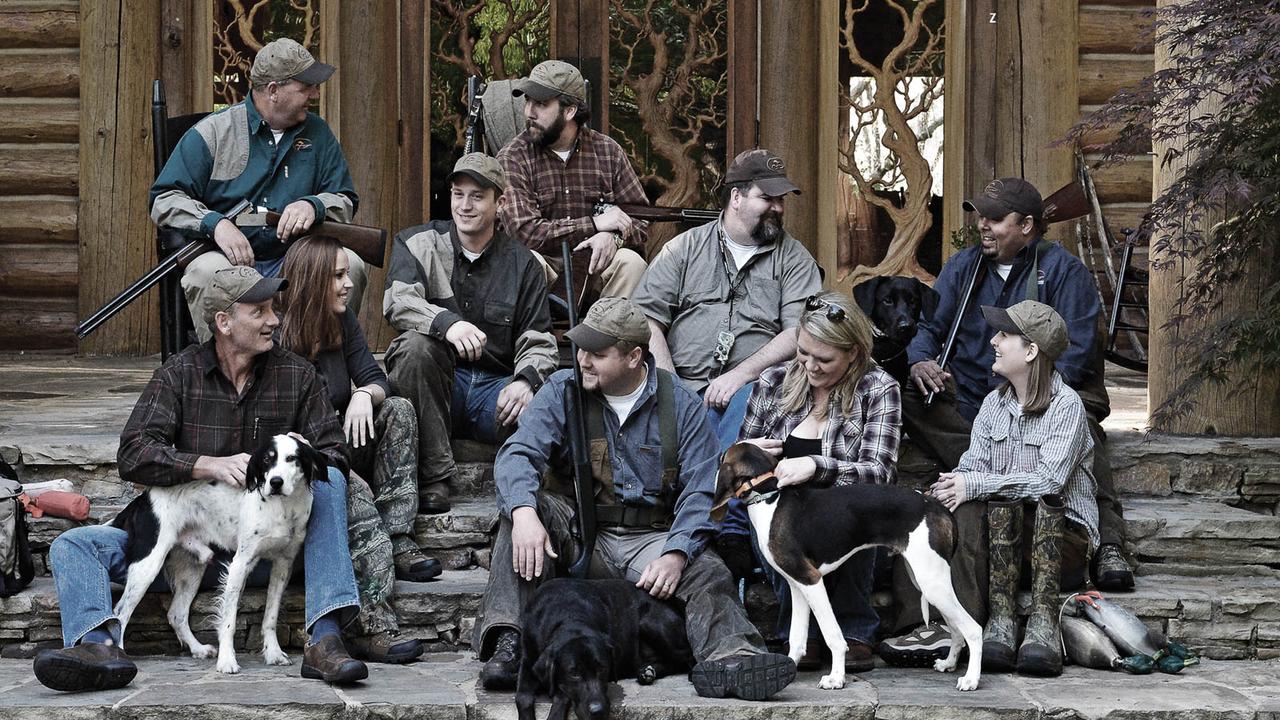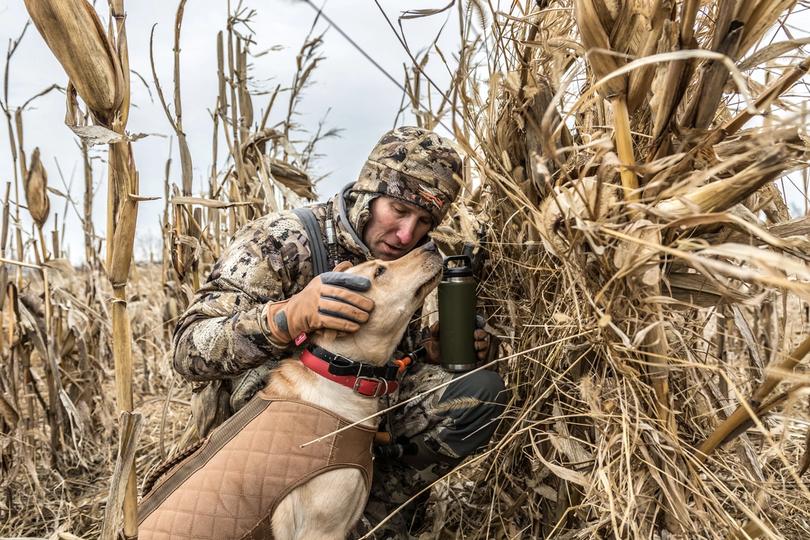
A Dog Ready for the Field
Posted by The SportDOG StaffHunting seasons are in full swing. In bird fields you can hear the cackle of a bold rooster taking wing, along with the hoarse voice of a hunter screaming at his dog as it chases the gaudy pheasant to the next farm field. It is easy to hear all about it as a handler yells to the far end of a field, demanding that a dog cut short a mad dash to fun and freedom. It is easy to see who hasn’t invested enough time and effort in training a bird dog for the hunting fields.
We have all had a dog decide that its hearing has suddenly gone bad. For some reason the dog can’t decipher a basic command, which is usually “come”. For veteran trainers, that usually happens in the training sessions. By the time a dog is ready to go hunting the deafness has been cured. Trainers know the dog can hear them. The dog had just decided to forget its lessons and ignore the guy who is supposed to be in control.
When this happens on a bird hunt, the hunt should be over for the dog. Some of us may give the dog a second chance, but that is risky business. A dog that won’t listen or chooses not to obey needs to return to the training sessions to reinforce the dog as an able performer and ready for the hunt.
The amateur trainer that is doing the most harm to a dog is not the fellow who is shouting useless commands to a dog with selective hearing. It is the dog handler who hangs an e-collar around the neck of his hunting dog and believes it will give him all method and manner of control over his dog.
An e-collar is a training device. It should only be used while hunting as an insurance policy for an excited young dog. A young dog can be caught up in the thrills of the hunt and decide to chase a bird. An e-collar will stop the youngster from running to an open road and a disastrous confrontation with a car or truck.
Some may think that a dog trained with the help of an e-collar must always wear the collar or a weighted dummy collar. The premise is that a dog will know when it is not wearing the collar and will not perform without the threat of an e-collar around its neck. A quick rebuttal to that argument is the many field trials that are held around the country throughout the year, especially in the fall and winter. Field trial officials will not allow a dog to compete with an e-collar or a dummy collar, even though many dogs have been trained with them. The field trials are simulated hunting tests. Well-trained hunting dogs should not have to wear such devices in order to strut their stuff and obey a handler.
An e-collar is not to be used to teach a dog a command. It is a tool to reinforce a command the dog has already been taught. The e-collar can be an invaluable tool for training any hunting dog. The device can also be a short cut to catastrophe if used improperly. A novice dog trainer should work with a veteran handler who has experience in using an e-collar. While an e-collar can be helpful, it is not a magic tool that can turn an unruly hunting dog into a stellar performer overnight.
Always check your local and state regulations related to dog training and the use of game birds on private and public property.

The SportDOG Staff
Related Products
Related Articles

When Your Dog Should Enter the Hunt
by The SportDOG Staff
Young dogs take a while to develop into the hunting or field trial champion you want. Your knowledge that the pup you chose is from proven hunting stock is just the beginning. I have been spoiled. During hunting and field trial seasons, I have always had older, veteran dogs to rely...

Pup's First Hunt - Video
by The SportDOG Staff
In this SportDOG Training Tip (Originally Aired on Pheasants Forever Televsision) SportDOG Senior Pro Staffer Tom Dokken gives tips on your pup's first hunt. A gun dog's first time in the field should set him up to enjoy hunting for the rest of his life.

Picking the Right E-Collar
by Tom Dokken
Purchasing your first SportDOG Brand® remote training collar or upgrading from an older model isn’t particularly difficult, but it does require some thought about which features are most important to you and how the collar is going to be used. Thankfully, SportDOG offers enough products that you can easily match...

E-Collar Training 101: The Trusted Method Used by SportDOG® Experts
by The SportDOG Staff
Discover the most recommended way to introduce your dog to an e-collar with guidance from SportDOG®. Learn the proven “Pressure On, Pressure Off” method trusted by pro trainers to build reliable off-leash obedience, clear communication, and long-term success.



